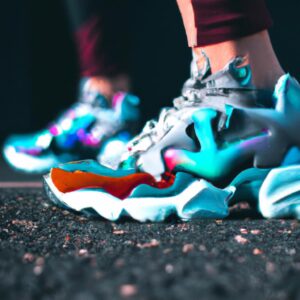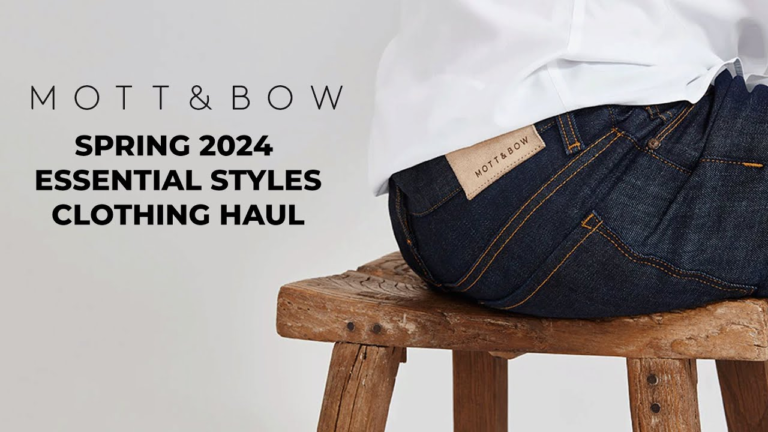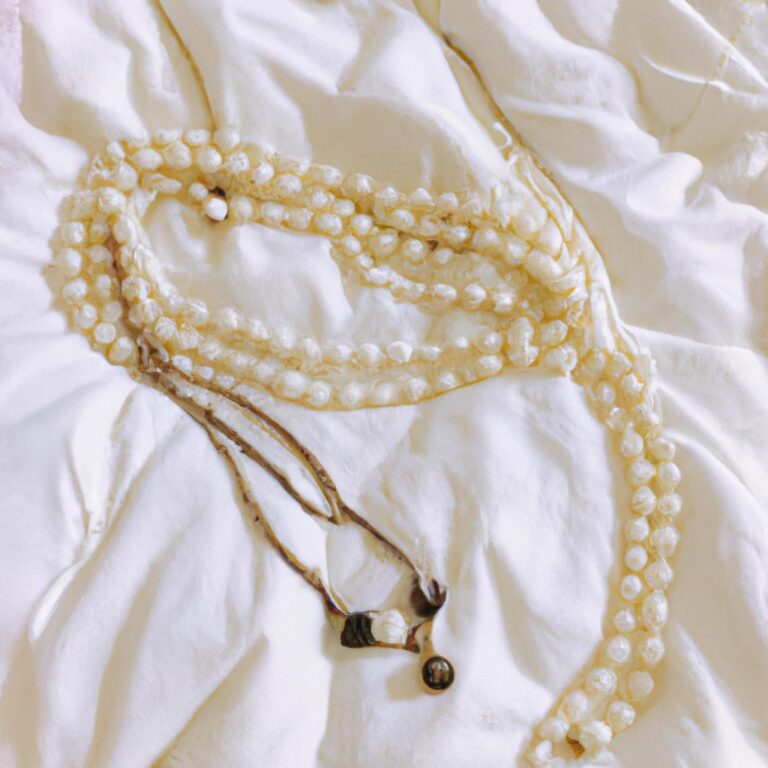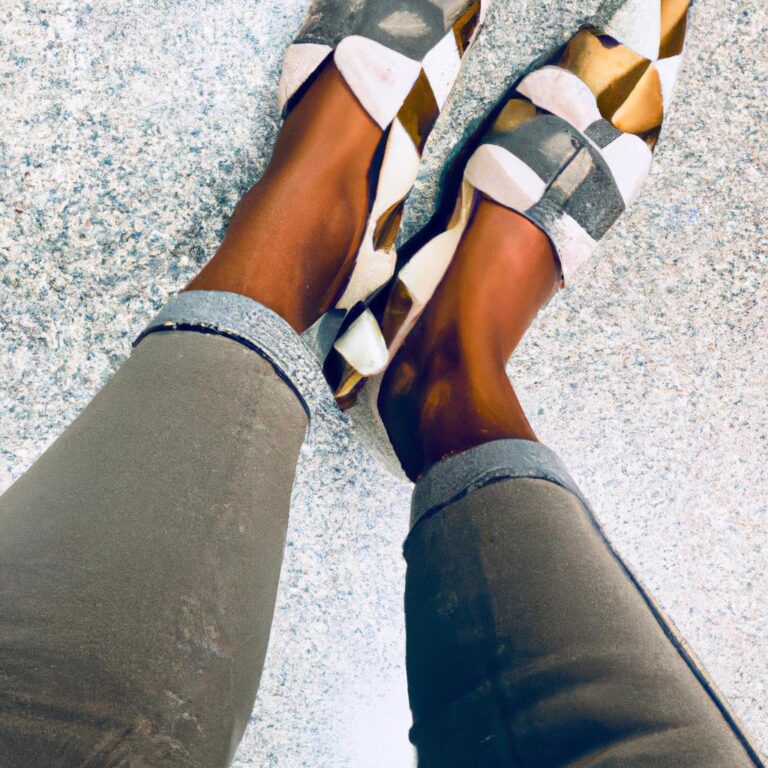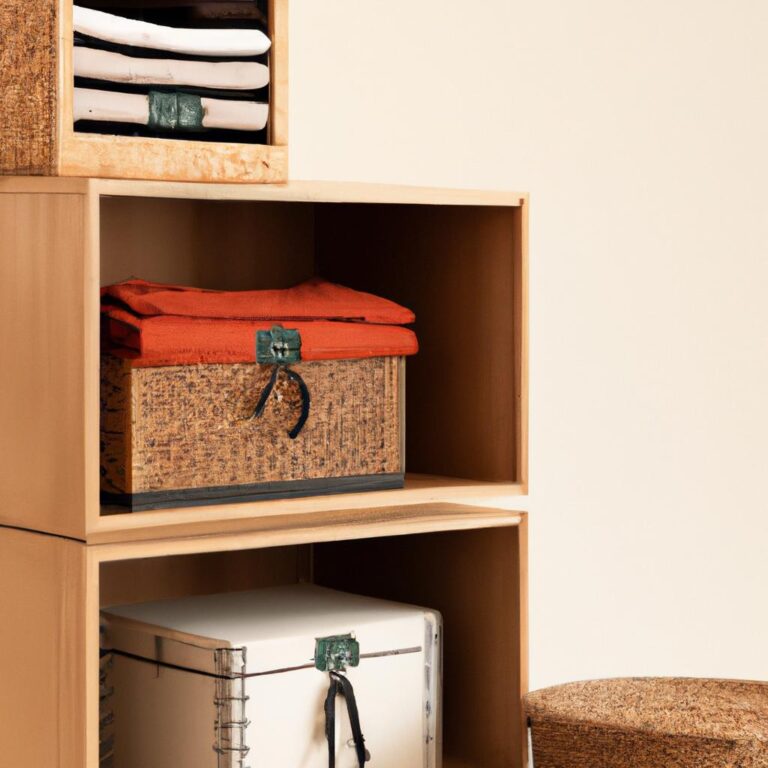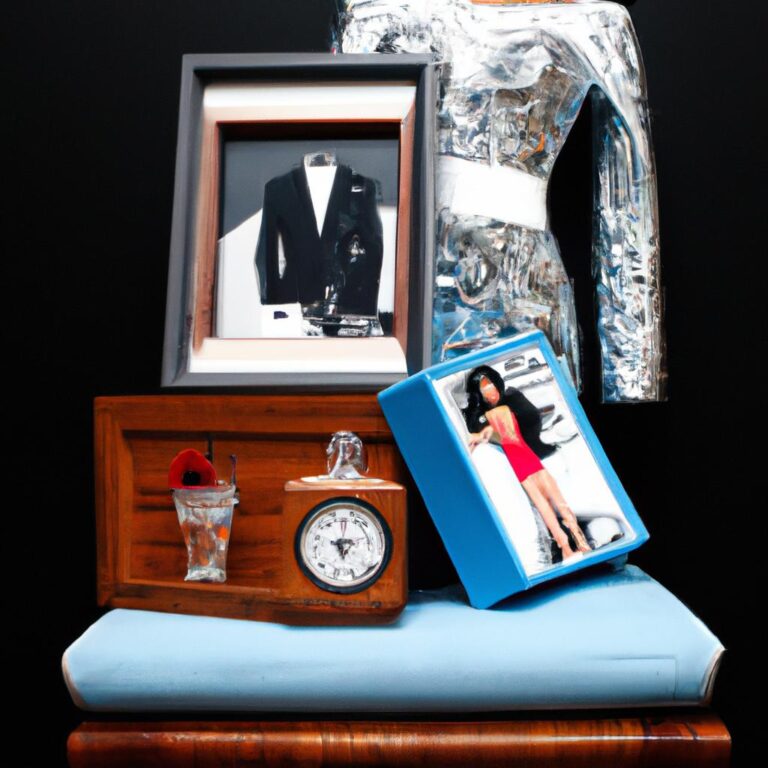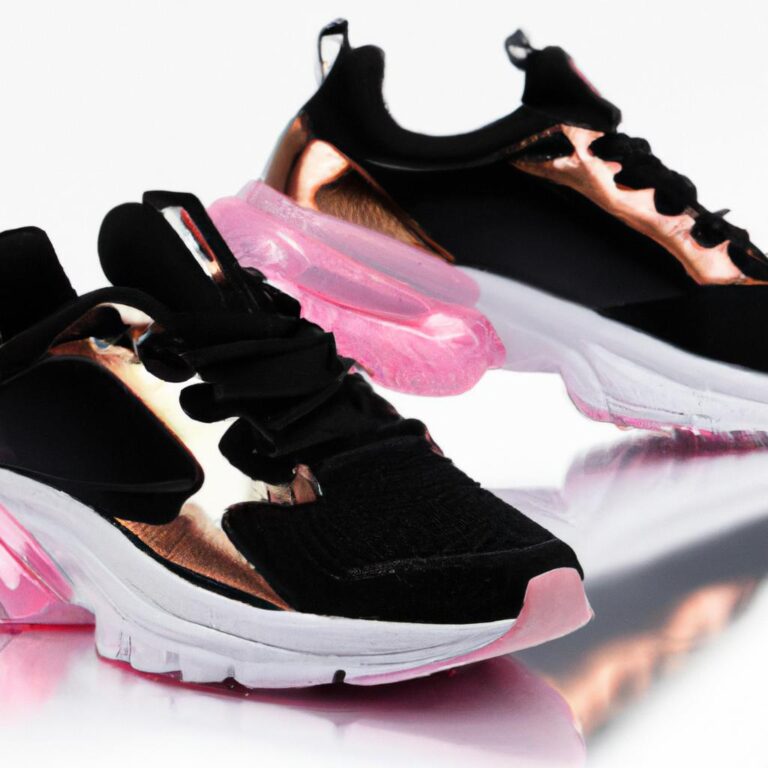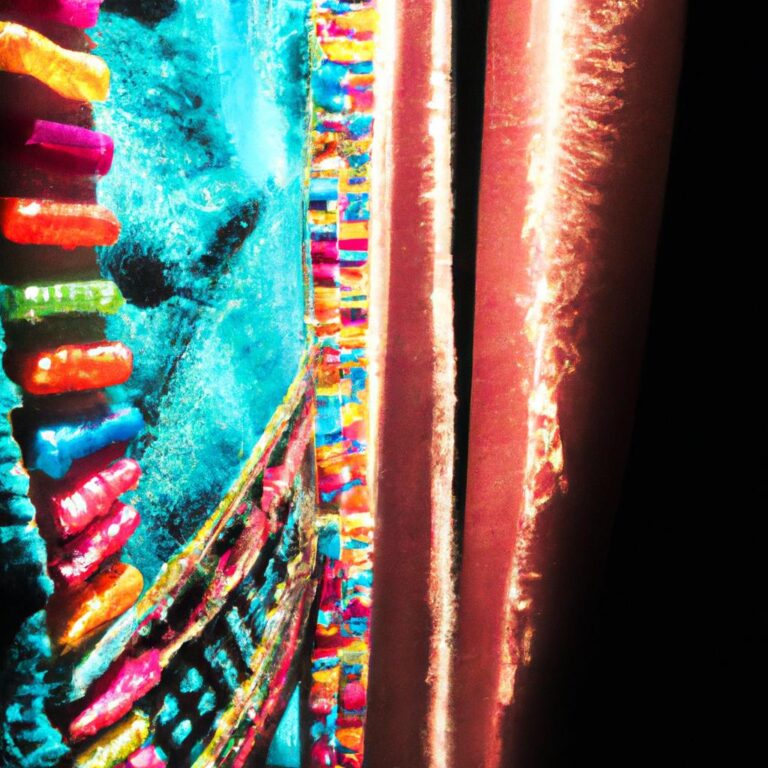
Stay Ahead With The Latest Trends in Fashion
Fashion is ever-changing, making it essential to stay up-to-date with the industry trends. Whether you’re a fashion enthusiast or simply wish to stay fashionable, understanding what is popular and on-trend is key. But why is it important to know what’s popular? Learning the latest fashion trends provides insight into what people are wearing now which can allow you to become more stylish and current.
In this guide, we will explore a variety of topics related to the future of fashion. We will discuss the evolution of fashion over time, influential designers who helped shape the industry, as well as new and upcoming trends that will shape the future of fashion. Additionally, we will dive into topics such as minimalism, quality over quantity, sustainable solutions, and how customers may respond to these trends. Let’s get started!
Overview of Historical Fashion Trends
Fashion is a reflection of our culture and society, ever-changing with each new generation. We can trace the fashion cycle from its influence in the Victorian era to the modern-day styles that define current trends. As the fashion world evolves, there are moments that have left an indelible mark on its history.
The Victorian Era
The Victorian era saw a focus on modesty, with women hiding their natural shapes beneath corsets and layers of skirts. Men embraced full suits, top hats, and bow ties. This look was accentuated by the intricate patterns of fabrics used.
The ’20s
The roaring twenties saw a radical change in fashion. Women embraced the flapper look – loose clothes with drop-waisted dresses which previously were forbidden. While men leaned towards the Ivy League style of dress, the two-tone shoes and windowpane patterned suit became a popular fashion choice.
The ’60s
The 1960s represented a new era of fashion with the introduction of the mini skirt. Women began to express themselves more boldly with bold patterns and colors. Men too, found ways to experiment with a wider array of patterns and brighter hues. The birth of the hippie movement also saw the appearance of bell-bottoms, embroidered shirts, and a greater range of accessories.
The ’80s
The 1980s introduced a wave of loud patterns, shoulder pads, and power suits, signaling a shift in the way that people presented themselves. As the demand for variety increased, designers began to play around with cuts and fabrics, introducing a range of new silhouettes.
The ’90s
The 1990s ushered in a more relaxed set of fashion trends with grunge and punk styling becoming popular. Bright, flamboyant clothing was worn by both men and women. Denim made a comeback in the form of ripped jeans, jackets, and overalls.
From these various eras of fashion, we can see how the industry has evolved over time. Trends may come and go, but fashions continue to change and adapt in order to meet the changing needs of the consumer.
Profile Major Designers
Fashion is a form of self-expression and has been around for centuries. Throughout the years, significant fashion moments have been led by influential fashion designers who have made a mark on the industry. From Coco Chanel’s iconic little black dress to the classic designs of Karl Lagerfeld, their impact on fashion trends cannot be ignored.
The famous French designer Yves Saint Laurent revolutionized how women dressed in the ‘60s and ‘70s. He was daring yet classic with his designs, such as the iconic tuxedo jacket for women. Alexander McQueen also pushed boundaries and developed dramatic cuts and shapes in his designs from structured suits to billowing ball gowns.
Tom Ford’s influence was felt around the world when he took over Gucci in the 1990s. His culture-defining designs, such as the bamboo-handled handbag, were considered bold statements. Japanese designer Rei Kawakubo of Comme des Garçons is also credited with shaping the minimalist aesthetic of the ‘90s.
Today, streetwear continues to be one of the most visible trends in fashion and has been embraced by leading brands. Virgil Abloh, founder of Off-White and artistic director of Louis Vuitton’s men’s line, is known for his accessible yet luxurious streetwear designs. Meanwhile, New York-based fashion designer Cynthia Rowley is known for her playful approach to fashion that bridges the gap between form and function.
Although their designs vary, these designers have all contributed to the fashion industry in their own way. Their work has inspired countless designers, trends, and styles that continue to shape the future of fashion.
Style Makers –It’s no secret that the fashion industry is heavily influenced by trendsetters who have the power to shape the way people dress. These style mavens have successfully created new trends and pushed existing ones to the next level, ultimately reshaping how fashion is seen today.
Celebrities, models, fashion bloggers, and other influencers are regarded as the tastemakers of the industry. Through their fashion-forward looks, they have popularized certain styles and advocated for sustainable fashion practices. It’s not uncommon to see these style icons donning outfits from the top designers while experimenting with unique silhouettes and materials.
The presence of style makers has allowed lesser-known brands to gain popularity, and even propelled old trends to become trendy again. They’ve also given the everyday wearer inspiration for their own wardrobe, enabling them to become a part of influencing the industry trends.
As the fashion industry continues to evolve, these style makers will continue to serve as trendsetters in driving the industry forward.
Analysis of Popular Styles
Fashion trends come and go, but some remain forever fashionable. Many of the popular styles today found their origin in the past, modified with updated materials and modern techniques. Some of the most popular styles today not only look good, but also offer comfort and practicality in everyday life.
One such style is streetwear. It has been a part of fashion for decades and remains popular in contemporary fashion today. It often utilizes casual pieces like t-shirts, hoodies, jeans, and sneakers to build interesting layered looks. Streetwear has become a global phenomenon, with many local brands popping up and international collaborations sought after.
Another popular style is athleisure, which combines elements of sportswear and traditional casual wear. This style focuses on comfortable pieces that move easily with the body, such as leggings, track pants, and jumpsuits. It’s often seen in activewear or loungewear collections and is gaining more traction due to its versatility and comfort.
Furthermore, vintage styles have been making a resurgence in the fashion world. They provide a timeless appeal, showcasing the past and present simultaneously. Additionally, there is the rise of retro styles, re-imagined with the use of modern techniques like laser-cutting and 3D printing.
Finally there are the all-season classics, such as trench coats, denim jackets, white tees, and plain sweaters. These are garments that make up the backbone of every wardrobe and can be transformed with simple touches like accessories or colour choices.
The popularity of these styles speaks to the fact that fashion is constantly evolving and adapting to the needs of customers in the present. On the flip side, it’s important to note that these styles may become unfashionable in the future if trends continue to change. As such, it’s essential to stay informed on the latest trends and continuously create new fashion pieces.
Emerging Styles
The fashion industry is constantly evolving, with new styles emerging on the scene to shake up the status quo. From classic streetwear to futuristic looks, there’s something always changing in the world of fashion.
As we look ahead into the future, trends are becoming increasingly dynamic and innovative. Designers are inspired by ever-evolving technology to create futuristic looks, while street-style continues to make an impact on popular trend cycles. It’s difficult to predict where fashion is heading, but through careful analysis, we can better prepare ourselves for emerging styles.
Minimalist designs are growing in popularity as consumers look for quality over quantity. Key pieces that seek to capture timelessness rather than fleeting trends are a welcome respite from the overloaded market. Similarly, sustainable and eco-friendly solutions are being sought out to ensure that the fashion industry can remain viable for years to come.
By staying informed and open-minded about new trends, we can gain a better understanding of the fashion industry and how it is always shifting. As time passes, these emerging styles will continue to shape the future of fashion, so it’s important to have a handle on what’s happening now.
Minimalism & Quality vs. Quantity
The fashion industry is increasingly embracing minimalism, an idea that promotes using fewer but high-quality pieces. The intention is to create timeless looks that can be worn time and time again. Minimalism is the perfect balance between quality and quantity. By having fewer but higher-quality garments, you can cut down on consumption and focus more on finding the perfect pieces that can stand the test of time.
Eliminating overconsumption and reducing environmental impact is a key focus of minimalism. Rather than chaining yourself to fast fashion which inevitably leads to wasted money and increased manufacturing pollution, minimalism encourages shoppers to invest in fewer better-made pieces. This not only benefits the environment but also prevents excess clothing from taking over your wardrobe.
If you’re looking to integrate minimalism into your style, focus on quality fabrics and classic pieces. Consider investing in staple items like blazers and basic t-shirts that can be dressed up or down. Taking this approach to your wardrobe will provide versatility and ensure you look stylish and confident no matter what the occasion.
Sustainable & Eco-Friendly Solutions
The fashion industry is making strides to become more eco-friendly by using materials and processes that involve less environmental damage. Customers are becoming more conscious of what they buy, considering not just the aesthetic but also the ethical and environmental impact. This “green movement” has already prompted the industry to embrace sustainability and fight against fast fashion.
Eco-friendly fashion can be anything from using natural fabrics such as organic cotton or linen, to avoiding non-sustainable dyeing and manufacturing processes that pollute the planet. Recycled polyester is another material that is being used more widely in fashion and is made from recycled plastic bottles. In addition, using sustainable packaging materials such as jute or burlap is on the rise.
These changes may seem small, but they can have a major effect on the environment. By choosing sustainable options, fashion designers and businesses can help minimize the negative effects on the environment while still creating stylish and trendy pieces.
The push for sustainable production and materials is also a sign of the fashion industry’s willingness to adapt to new trends and customer demands. In the future, it is likely that this trend will continue to grow and become the standard for sustainable fashion.
Understanding Future Trends in the Fashion Industry
Fashion is an ever-evolving industry, dictated by the trends of the times. To stay ahead of the competition, it’s essential to understand the future of fashion and how customers will be responding to new styles.
The fashion industry is cyclical, with major trends emerging every few years. While some of these may come and go quickly, others like athleisure and streetwear have become staples in modern wardrobes. In order to anticipate the future of fashion, it’s important to look to the past for insights. Major designers such as Coco Chanel and Christian Dior have shaped the industry and left lasting impressions, while influential style makers such as Rihanna and Kim Kardashian have helped shift the focus towards popular contemporary styles.
Analyzing popular styles is also key when predicting fashion trends. From oversized blazers and deconstructed denim to statement accessories and vibrant colors, customers are always on the lookout for fresh and unique outfits. It’s important to pay attention to what people are wearing and how they’re combining different pieces and materials for a perfect look.
At the same time, emerging styles can point to potential fashion trends in the future. This includes textured fabrics, daring prints, and glam accents that add an edge and flair to conventional outfits. Moving forward, minimalism will continue to play an important role in fashion as more and more people opt for timeless pieces made with high-quality materials rather than following the latest trend. Sustainable solutions also look to be a huge part of the future of fashion with eco-conscious materials and processes gaining traction.
It’s clear that the future of fashion holds great potential, with many new and exciting trends to be discovered. By keeping up with these developments and understanding what customers desire, the industry can continue to grow and evolve.
Staying Informed About Fashion Trends
It’s no secret that fashion trends are ever-evolving. Knowing what’s in style today could be completely out of style tomorrow. To stay ahead of the curve, it’s essential to stay informed about the latest developments in the fashion industry. By understanding how fashion has changed over the years, and getting insight from industry professionals and trend-setters, it’s possible to have an idea of what potential trends may arise in the future.
It’s important to remember that fashion is often cyclical, with trends repeating themselves in different forms over time. Keeping an open mind and looking to the past for inspiration can provide insight into what the future may bring. Additionally, by studying the fashion statements made by key personalities and cultural icons, it’s possible to view trends through a different perspective. Analyzing the most popular styles, as well as new and upcoming trends, can provide insight into what the industry may have in store.
In addition to aesthetic trends, fashion is increasingly focused on sustainability and eco-friendly solutions. It’s important to be conscious of the materials and processes used to create garments that are designed to last. Lastly, predicting potential future trends requires an understanding of what customers are looking for and responding to – whether it be comfort, uniqueness, or affordability.
By staying informed about the fashion industry, shoppers can gain insight into the trends of tomorrow and make more informed wardrobe decisions. Whether it’s taking cues from the past, spotting emerging styles, or analyzing today’s popular looks, staying informed is the key to predicting fashion trends.
It is important that we stay informed of the latest fashion trends in order to be ahead of the game. We can use our knowledge of the fashion trends of the past to try and predict what is coming next in the industry. One way you can get involved in this process is by sharing your thoughts and predictions for the future of fashion.
By taking part in the discussion on fashion trends, you can help shape the way the industry moves forward. We all have our own insights and perspectives on new styles and the implications they may have, so let’s come together and make predictions! This could be anything from discussing the current minimalist movement, theorizing about the potential of sustainable materials and processes, or even suggesting the next big thing.
Your opinion matters, so please join us in going beyond the surface and predicting the future of fashion. Together we can help to shape the way the industry evolves!
Thank you for reading our guide on the Future of Fashion: Predicting Industry Trends. We hope that you leave with a better understanding of how fashion trends have developed over time and what potential trends are on the horizon.
We discussed influential fashion designers and style trendsetters who have helped shape the industry, the popular styles that have become well-accepted, emerging trends in fashion, the importance of minimalism and quality over quantity, the increased focus towards sustainable and eco-friendly solutions, as well as the outlook for potential futuristic trends.
It is important to stay informed and engaged with the fashion industry’s developments, as it can open up pathways to creative thought and influence your own style. We encourage you to use this knowledge to explore the latest fashion trends and to be inspired to make fashion choices that best suit your taste.
If you would like further information about upcoming fashion trends, please see the following link for more details.
Once again, thank you for taking the time to read our guide. We hope you have enjoyed learning about the Future of Fashion: Predicting Industry Trends and wish you luck in finding a style that is perfect for you.
comments: 0
